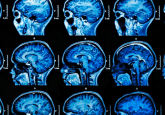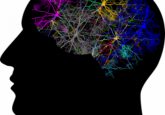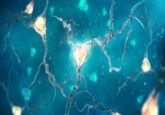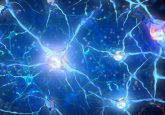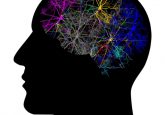A traumatic start to Alzheimer’s

New opponent for the amyloid hypothesis in the fight to understand Alzheimer’s.

The true cause of Alzheimer’s disease is unknown; though, dominating the field of research is the widely accepted, yet still controversial, amyloid hypothesis. This suggests that Alzheimer’s is due to aggregation of beta-amyloid proteins into plaques in the brain.
However, researchers from Rutgers University (NJ, USA) have proposed a new mechanism that focuses on the potassium channel KCNB1. In stressful conditions, KCNB1 builds up and becomes neurotoxic, promoting the production of beta-amyloid. This build up is due to the chemical process of oxidation and the production of free radicals, toxic molecules that cause reactions resulting in the loss of electrons in cellular components such as channels. The recent study, published in Cell Death & Disease, found that the build-up of KCNB1 is greater in an Alzheimer’s affected brain compared to a neurotypical brain.
“The discovery of KCNB1’s oxidation/build-up was found through observation of both mouse and human brains, which is significant as most scientific studies do not usually go beyond observing animals,” said Federico Sesti, one of the papers authors. “Further, KCBB1 channels may not only contribute to Alzheimer’s but also to other conditions of stress as it was found in a recent study that they are formed following brain trauma.”
In cases of Alzheimer’s and traumatic brain injury, the build-up of KCNB1 is associated with severe damage of mental function. As a result of this discovery, the team successfully tested a drug called Sprycel in mice, a drug presently used to treat patients with leukemia. “Our study shows that this drug and similar ones could potentially be used to treat Alzheimer’s, a discovery that leads the way to launching a clinical trial to test this drug in humans,” commented Sesti.
The link between brain trauma and Alzheimer’s has been previously demonstrated, with a large interest in the American football community; recurrent concussions in players are shown to correlate with an increased risk of Alzheimer’s. This new mechanism may help in providing a greater understanding of trauma and neurological disease, potentially leading to better treatment.

